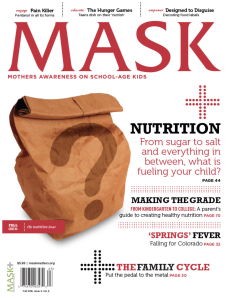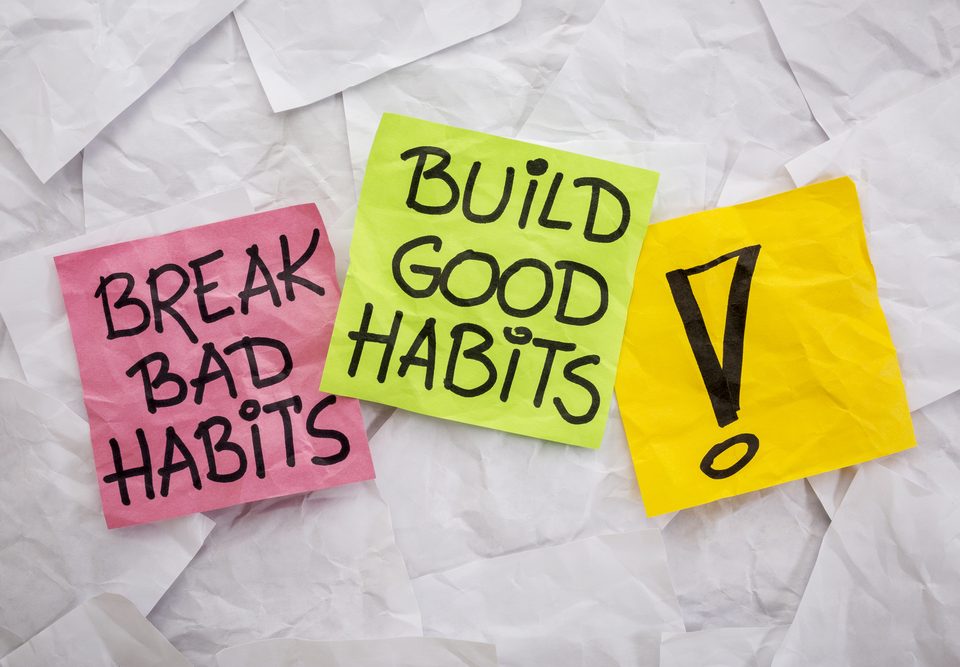
Jealousy Within Friendships
January 15, 2024
What Can Affect a Child’s Self Esteem
January 15, 2024Eating disorders among teenagers are serious mental health conditions characterized by unhealthy attitudes and behaviors towards food, weight, and body image. These disorders often have a significant impact on both physical and emotional well-being. Common eating disorders in teens include anorexia nervosa, bulimia nervosa, and binge-eating disorder.
- Anorexia Nervosa:
- Characterized by an intense fear of gaining weight and a distorted body image.
- Individuals with anorexia often restrict their food intake, leading to extreme weight loss.
- Symptoms may include obsessive preoccupation with food, excessive exercise, and denial of the seriousness of low body weight.
- Bulimia Nervosa:
- Involves recurrent episodes of binge eating followed by compensatory behaviors such as vomiting, laxative use, or excessive exercise.
- Unlike anorexia, individuals with bulimia may maintain a relatively normal weight.
- Binge-purge cycles can take a toll on the body, causing electrolyte imbalances and other health complications.
- Binge-Eating Disorder:
- Similar to bulimia in terms of binge eating but lacks the compensatory behaviors.
- Individuals with binge-eating disorder often eat large amounts of food in a short period and feel a lack of control during these episodes.
- This can lead to obesity and related health issues.
Factors Contributing to Eating Disorders in Teens:
- Biological Factors: Genetics, hormonal imbalances, and nutritional deficiencies can contribute.
- Psychological Factors: Low self-esteem, perfectionism, body dissatisfaction, and mental health issues like anxiety or depression.
- Social and Cultural Influences: Societal pressure for an ideal body image, media portrayal of beauty standards, and peer influence.
- Family Dynamics: Family history of eating disorders, dysfunction, or an emphasis on appearance.
Warning Signs of Eating Disorders in Teens:
- Drastic changes in weight or eating habits.
- Preoccupation with food, dieting, or body size.
- Frequent comments about feeling fat or dissatisfaction with body image.
- Social withdrawal or avoidance of previously enjoyed activities.
- Physical signs such as dizziness, fatigue, or changes in menstrual cycle.
Prevention and Intervention:
- Education: Promote awareness and education about body image and healthy eating habits.
- Open Communication: Encourage open discussions about emotions, self-esteem, and societal pressures.
- Healthy Lifestyle: Encourage a balanced approach to nutrition and exercise.
- Seek Professional Help: Early intervention is crucial. Mental health professionals, dietitians, and medical doctors can provide appropriate support and treatment.
Parents, educators, and healthcare professionals play crucial roles in identifying, addressing, and supporting teens with eating disorders. Early intervention and a multidisciplinary approach are essential for successful treatment and recovery. If you suspect someone is struggling with an eating disorder, seeking professional help promptly is important.
Grab the Nutrition Issue of MASK The Magazine and learn how to help your child navigate the waves.
MASK The Magazine is the parenting manual offering solutions to the modern-day challenges families face. Each quarterly issue of the award-winning MASK The Magazine tackles a specific topic in-depth and examines how it can affect kids from Pre-kindergarten to College.
MASK the Magazine content is evergreen as it is written based on the “core” topics and strategies. Ships only in the United States.
To learn more about MASK The Magazine



